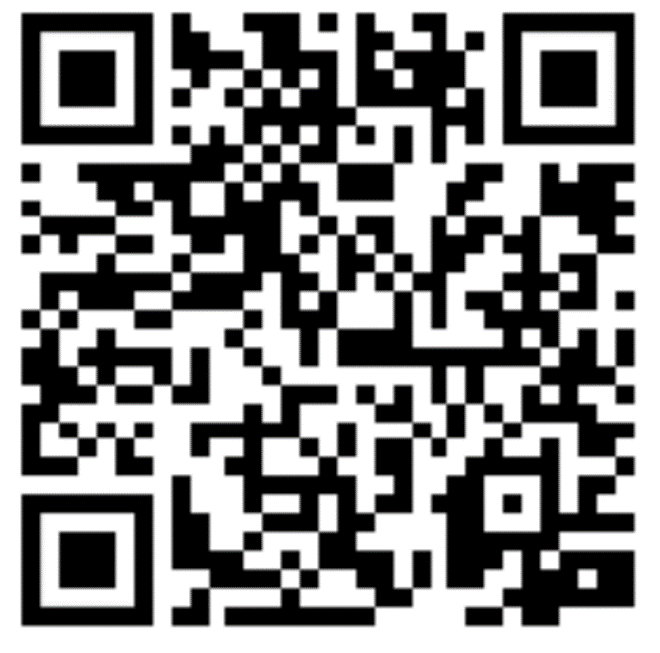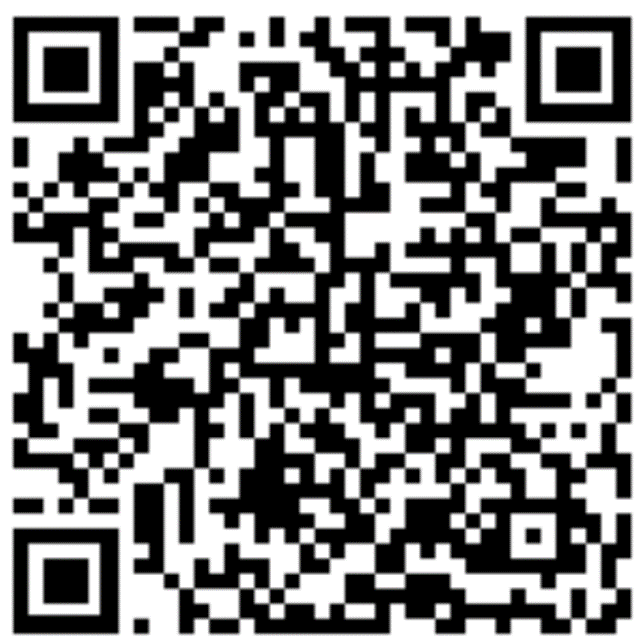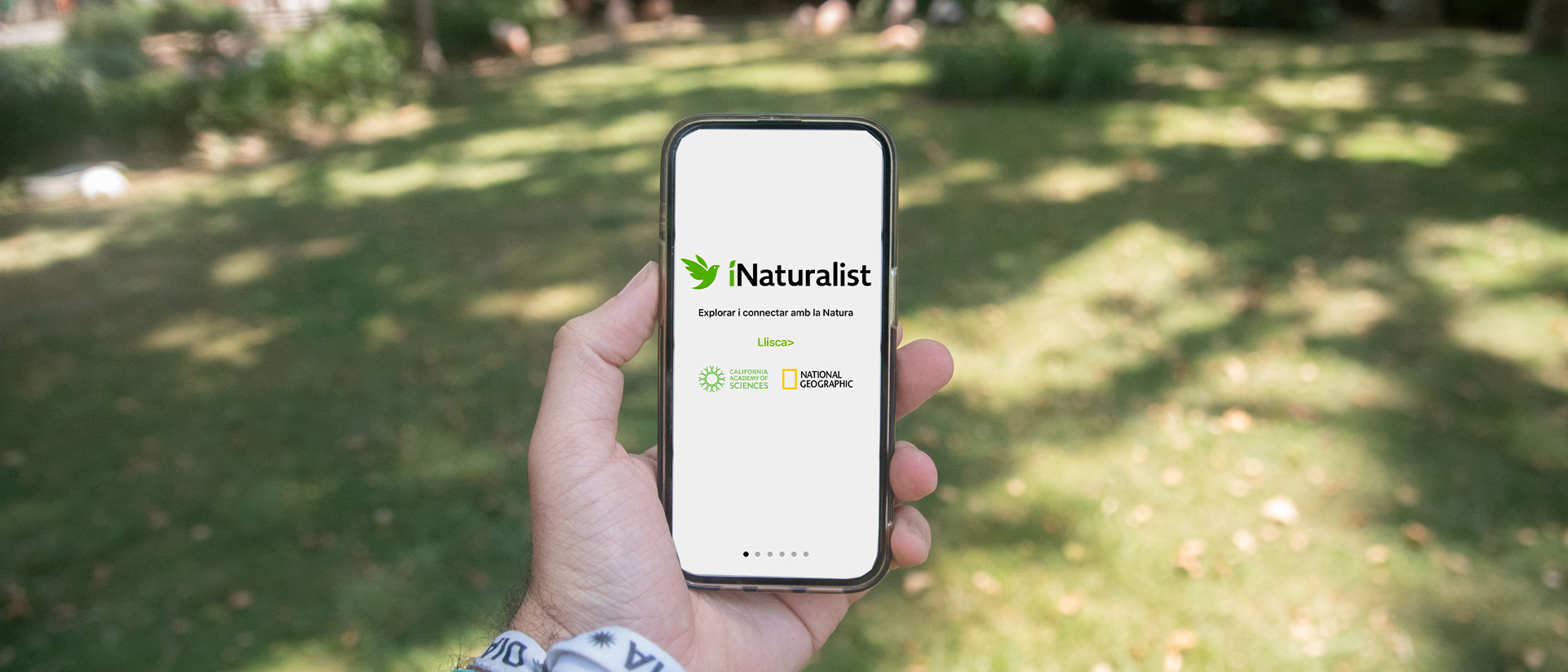Did you know that you too can do your bit for biodiversity science? All you need is a good observation capacity, a mobile phone and a great desire to learn. We invite you to become a citizen scientist and, through citizen science, you can help to learn about and protect nature. Are you in?
What is citizen science?
It is the knowledge generated thanks to the observations of many people who, without being scientists, collaborate with science by providing data on animals and plants that they find and identify. From all this information collected by citizens, scientists can carry out studies to learn more about the distribution of species or the threats they face. It is therefore a very good way to contribute to their conservation!
How can I participate?
There are many citizen science projects, but today we encourage you to join the world's largest group of naturalists through the iNaturalist app, an app designed by the California Academy of Sciences and National Geographic. You can download it from the Apple Store or Play Store. When you find an animal or plant, you can photograph it, identify it and share its location with the experts.
BRIEF iNaturalist USER GUIDE
- Download it from the Apple Store, if you have an iPhone, or Google Play, if you have an Android system. You can also do it through the following QR codes
Apple QR Code:

Android QR code:

- Create your account. You will only be asked for an email address, a user name and a password of your choice. With these details, you will also be able to access from your computer at home, in its web version https://www.inaturalist.org/.
- Make sure you have your GPS activated, so that the precise location where you identify the species is marked.
- With this app, you can collaborate directly in existing projects by accessing the menu, selecting "Projects" and choosing the one you want to add observations to. Or you can register your observations on your own.
- How to record an observation?
- From within the app, go to the camera icon and take a few photos of the species to be identified. If it is a plant species, photograph its different parts: flowers, leaves, stems, fruits... If it is an animal species, take as many photos as you can.
- When you finish, select the option "Use photo", and the app will automatically suggest a series of species names that match and are close to the geographical point where you have recorded the observation. You can select the one you think is correct and accept it.
- Select "Share" to share your observations with the iNaturalist community. Once uploaded, all the experts and amateurs in the community will be able to give their opinion on the identity of the species you have observed. A few days later, you will be able to see their contributions.
- You can also share your observations from your computer when you get home, via the web (as long as they are geographically located). https://www.inaturalist.org/.
- If you don't have coverage to upload the images, don't worry, they will be shared automatically as soon as there is coverage again.
With iNaturalist, get closer to nature and contribute to science!
The state of biodiversity in Catalonia
According to the study "The State of Biodiversity in Spain" presented on 22 May, World Biodiversity Day, there are 111 species in danger of extinction in Catalonia, such as the nacra, the polecat and the Montseny newt, and six hot spots of critically endangered biodiversity: the Ebro delta, the Serra del Montsant Natural Park, the Montseny Natural Park and some areas of the Cap de Creus Natural Park and the Alt Pirineu Natural Park. This work, which represents a leap forward in terms of real knowledge of the situation of risk in which many species find themselves, has been coordinated by the Centre for the Survival of Macaronesian Species of Loro Parque Fundación and the Spanish Committee of the International Union for Conservation of Nature - IUCN, with the participation of the Barcelona Zoo Foundation.
You can find more information here.



